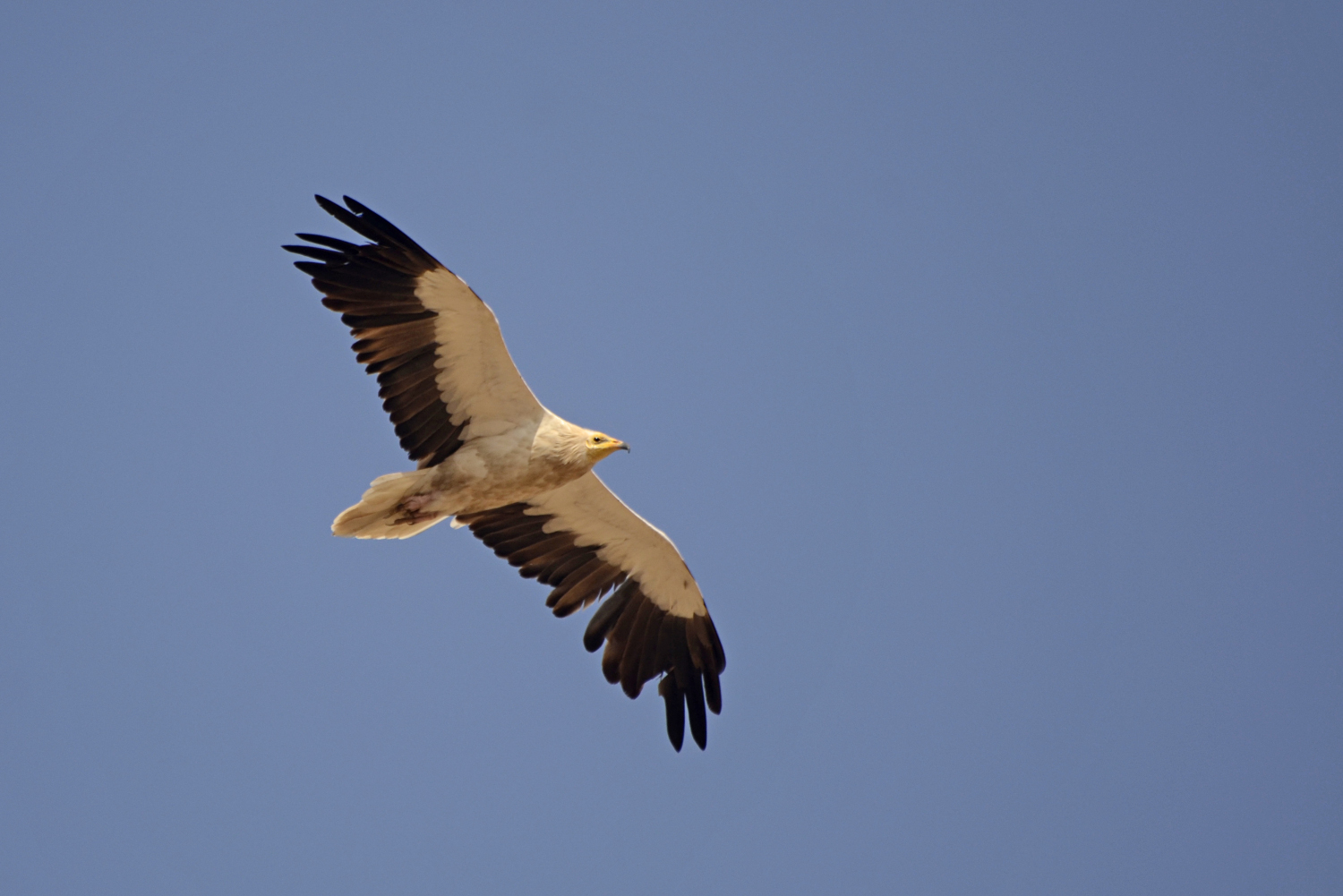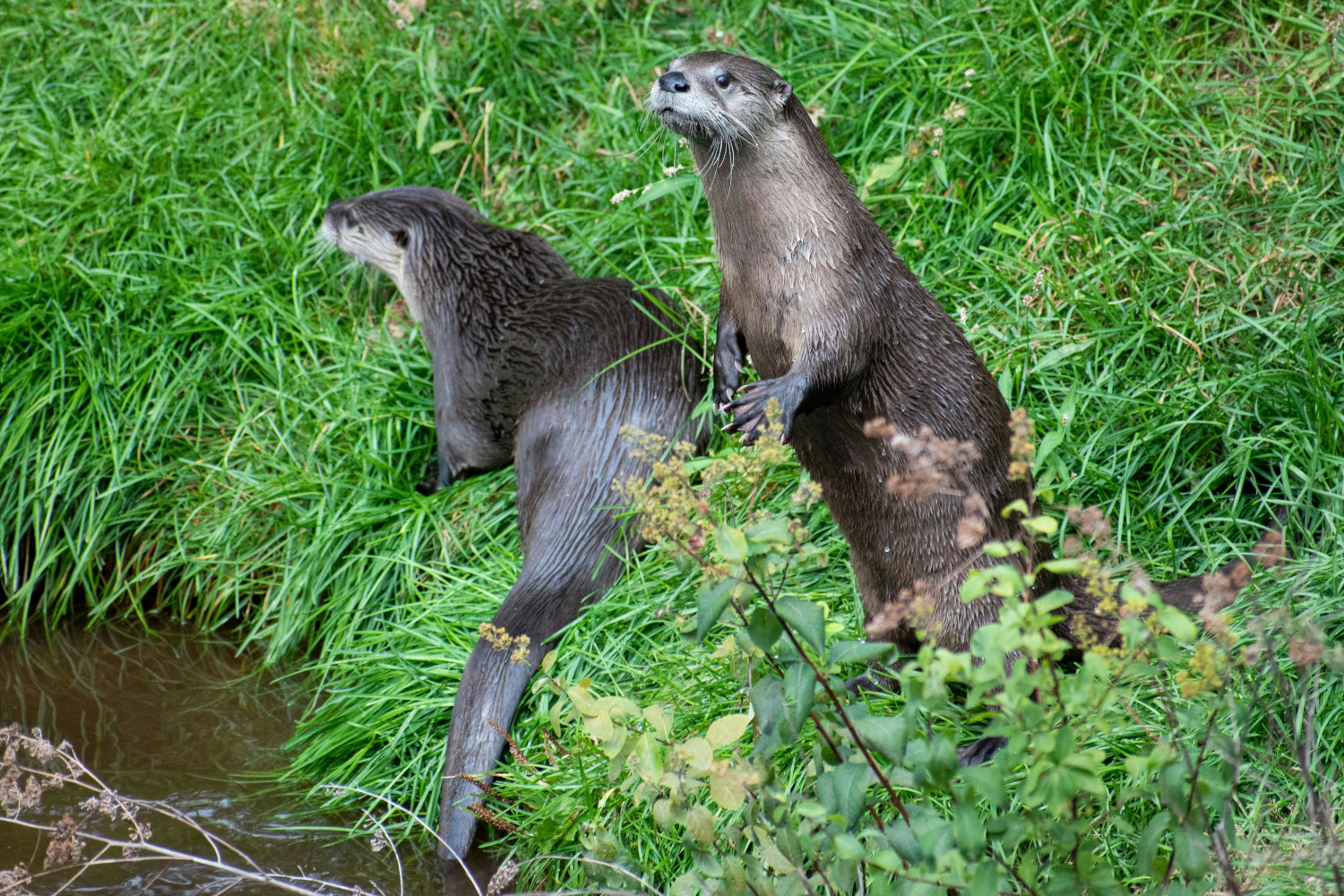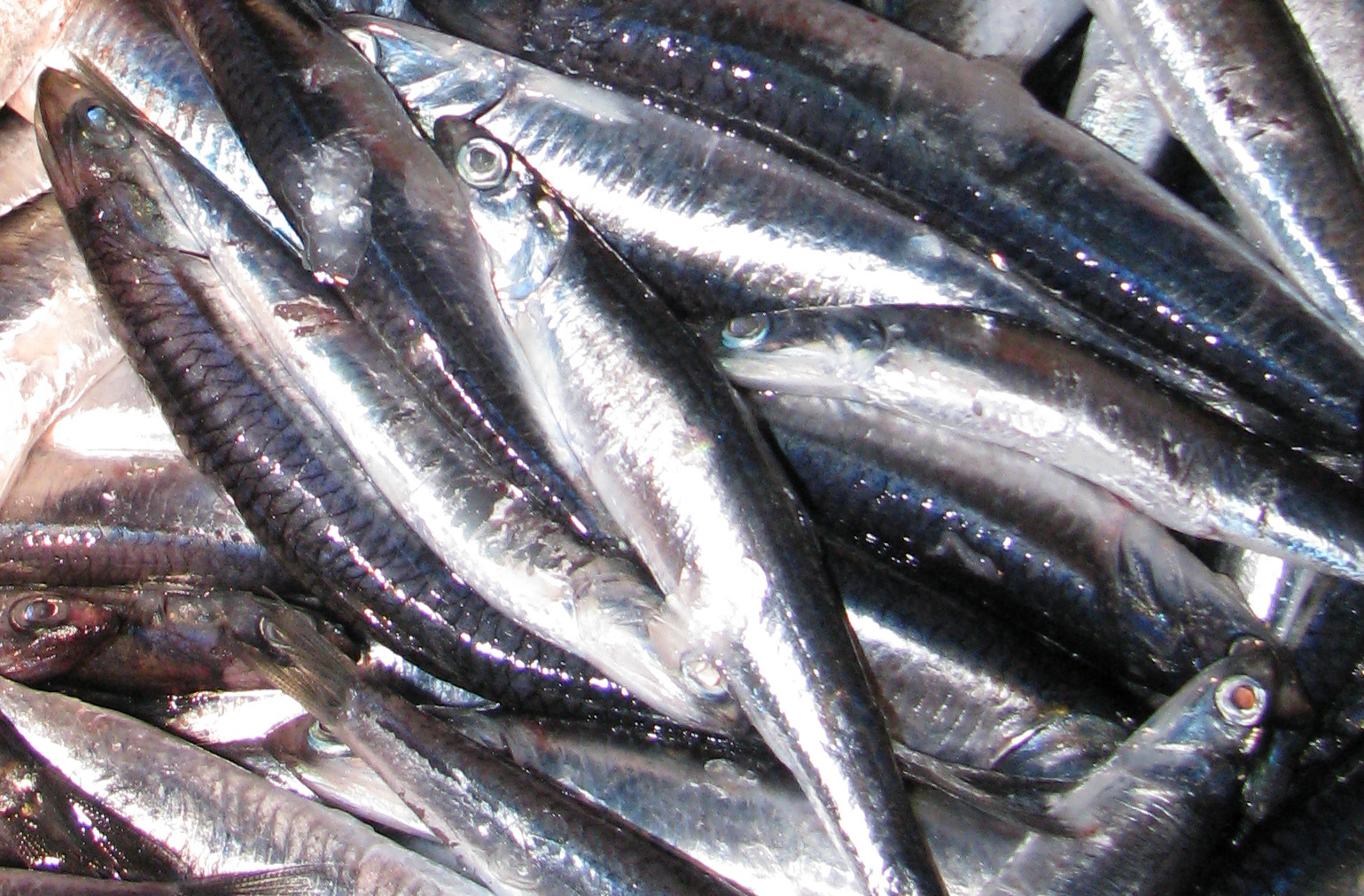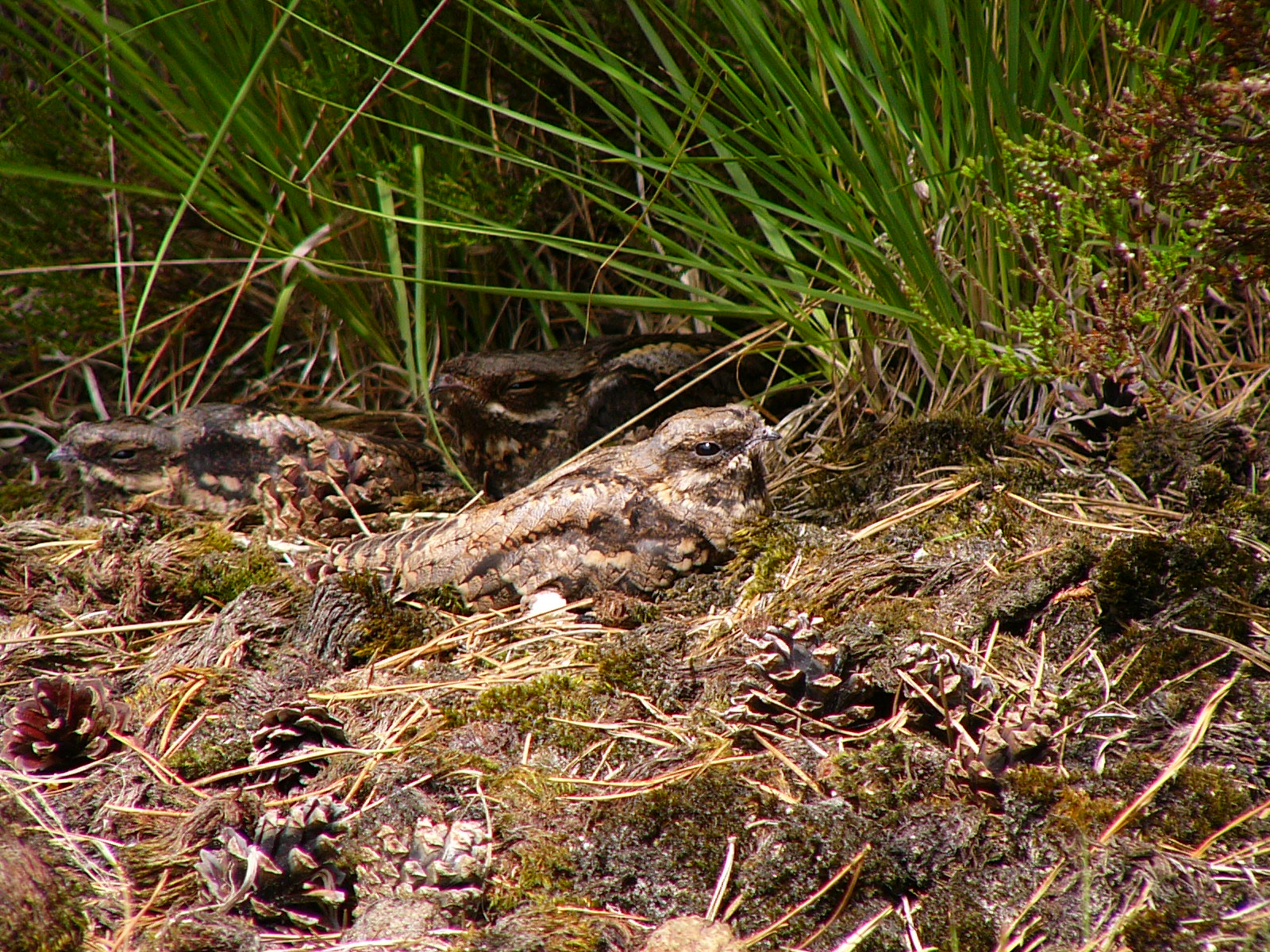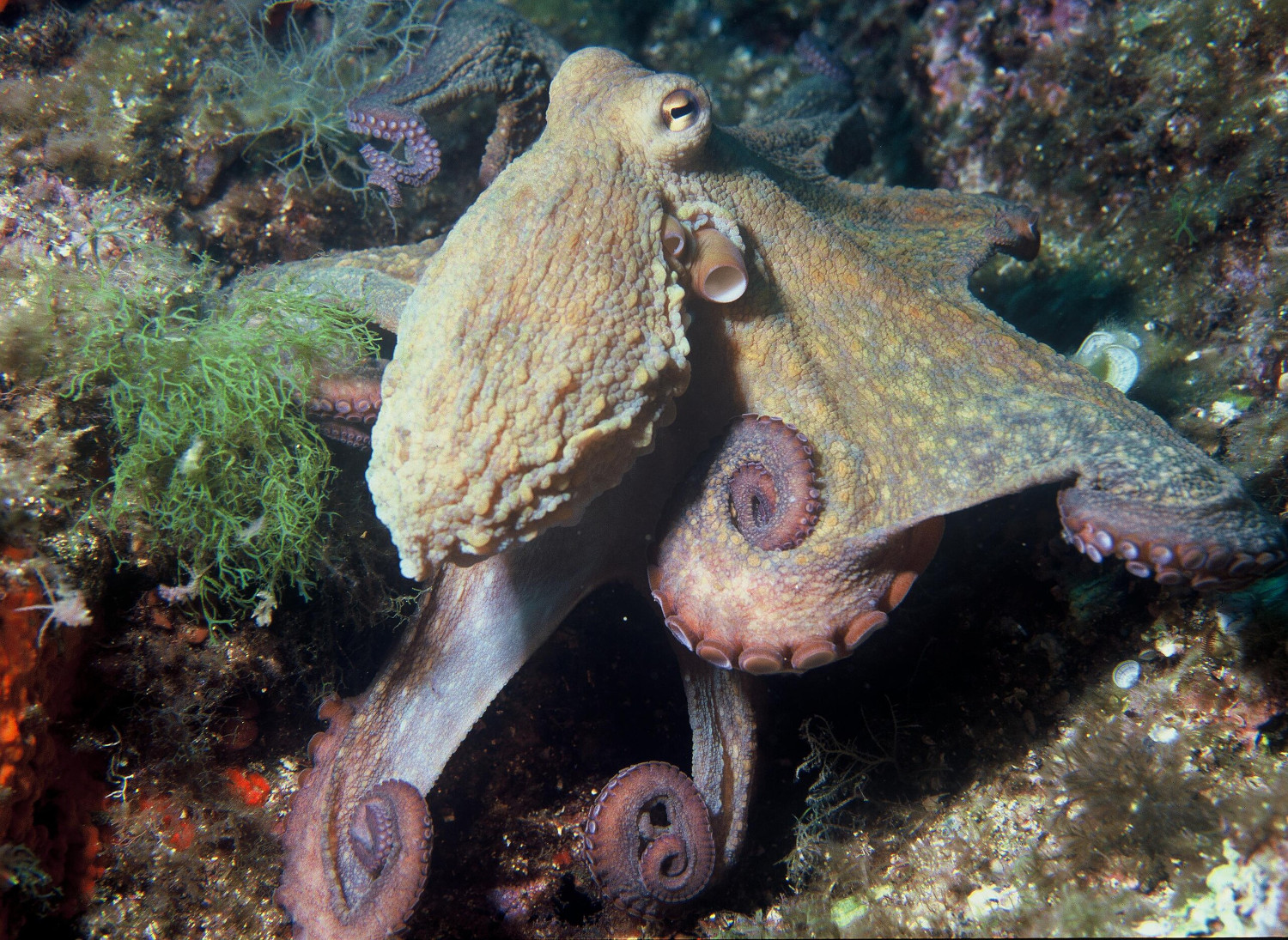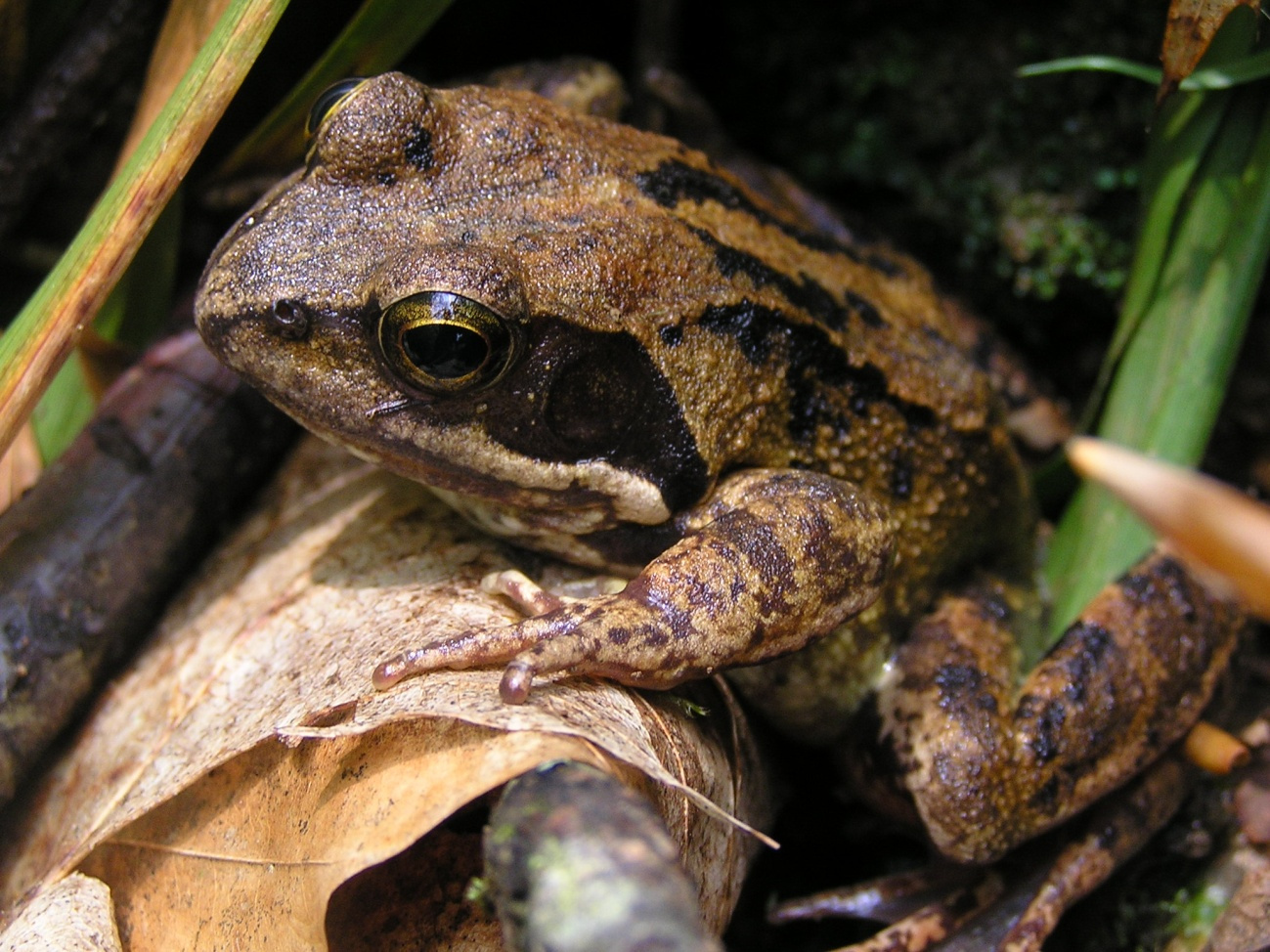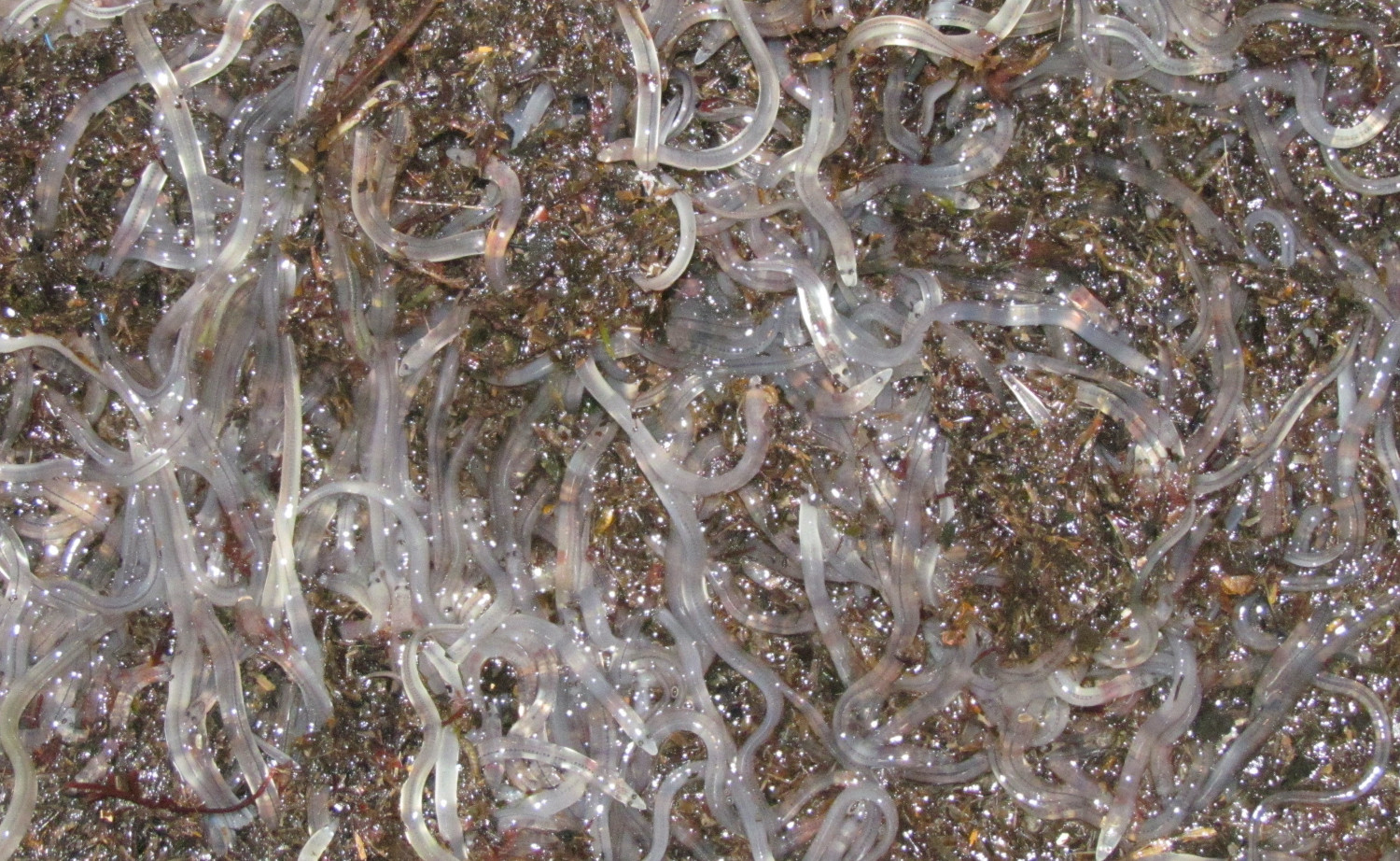Cat in the sea shark
- Our beaches are full of sharks. Swimmers stay calm, because I’m talking about the wide beaches that we have at a depth of 100-200 meters on the coast. It is home to the largest and smallest shark in the Atlantic.
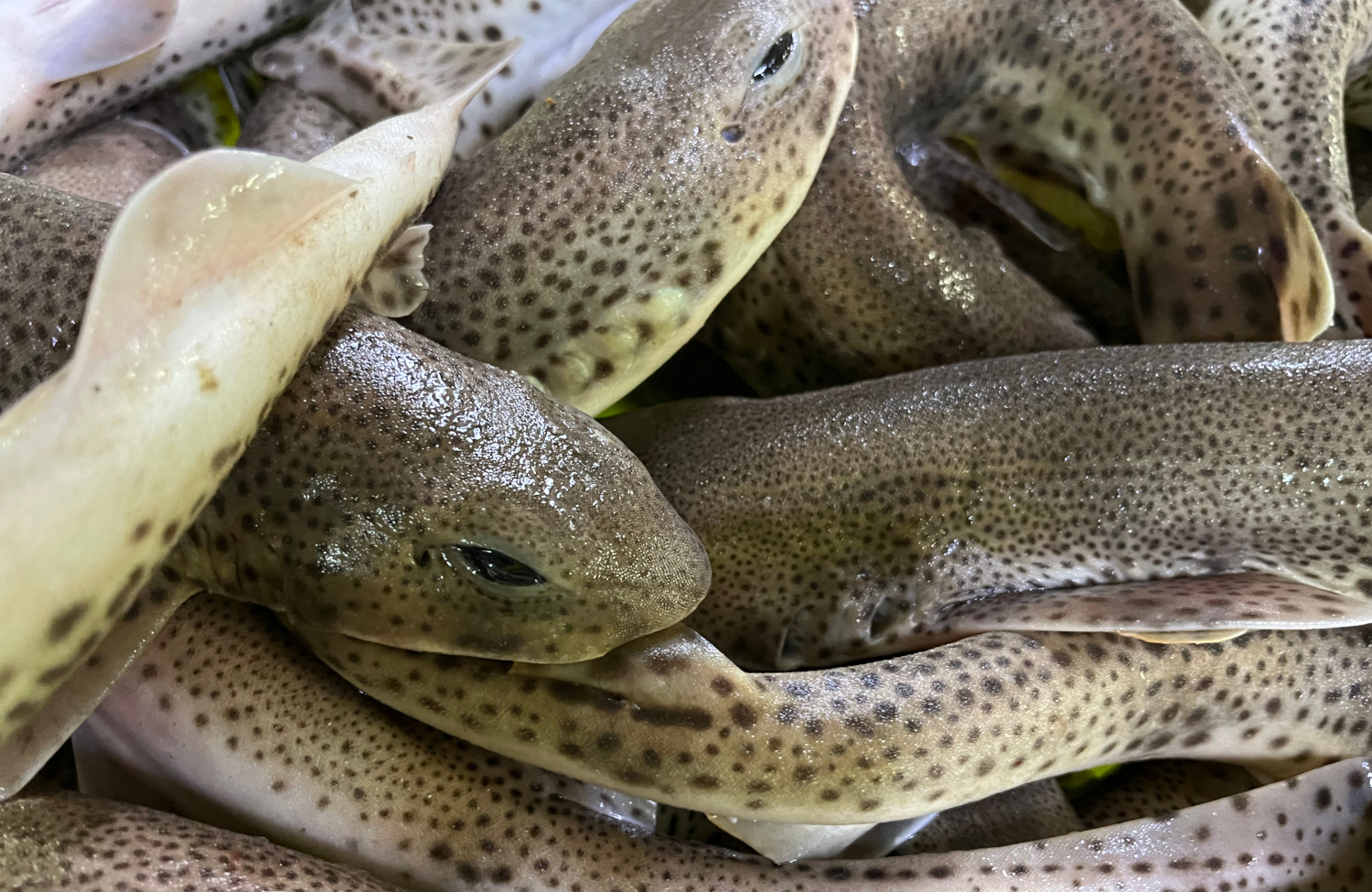
Although it is designated as a cat fish, it has as much resemblance to other cats as it does to the cosmic cat, except for its gaze; even for those who consider cheetahs as large cats, perhaps valid. Unlike the films, this shark has a pleasant appearance and its teeth, divided into several lines yes, but they are very small. Although they are many, it is difficult to see them alive because they do not approach the shore of the water. And to the extent that they are alien to our gastronomic interest, little is known about them.
They have a brownish-brown surface sewn with black speckle, ideal for mimicking the background. The abdomen is white. They have five pairs of penises on either side of their head, and behind their eyes, one spire, which is representative of most cartilage fishes. When they are still to breathe, they pump water by opening and closing their mouths, but if they are buried in the sand, they can filter the water by sucking it through the spikes. They have eight fins, including two dorsal fins, located slightly further back than the rest of the sharks. To differentiate the males, we only have to look at the pair of penises that can be seen around the “cloaca” (as the anus is called in the fish); and if not, go to the Aquarium, which are easier to distinguish in the sharks of bulls that are related to the cat fish.
During the day they are settled in mud or sand bottoms – if there are rocks, even hidden in them – but at night they increase their activity and they hunt molluscs, small fish, crustaceans, shrubs or squid.
Its main breeding season in the Cantabrian Sea is usually around winter and spring. As an “oviparous” species, after breeding by internal fertilization, the female will release eggs; two in each brood, and depending on the conditions, from 20 to 100 per year. Cat fish eggs have an area of 5x2 cm and a 1 cm thick cartilage sack shape with strong threads wound on all four edges to fit well into the surrounding algae and corals. In fact, they will stay there, depending on the temperature of the water from 5 to 11 months, until after the development of the puppy the sac breaks and begins to swim freely.
Studies showing the accumulation of heavy metals may have been more important than those conducted in the salmon environment. And it would also have had the effect of the hard crust that fish have, since it was once used as a sanding for woodworking (and so called, also in several coastal towns of Bizkaia). In some cases, many catfish caught in trawling along with other more precious species are returned to the water as fishing grounds, often dead. So, we didn’t buy this fish that can still be found in fish farms, and at most we would have come to touch the skin to feel the texture of the skin of sharks or something. Our grandparents, however, would have been well acquainted with the cheap and tasty fish of the day that is ideal for a beautiful snake. In many parts of the Mediterranean and Galicia it is still well known. So don’t miss out on the opportunity; just in case, before you become famous.
CAT FISH (Scyliorhinus canicula)
THE TEAM: Vertebrate / Fish.
THE SIZE OF: Newborns 9-10 cm; adults 60-70 cm (1 Kg maximum).
WHERE DO YOU LIVE? In the north-east of the Atlantic Ocean and in the Mediterranean. Usually at a depth of 100-200 meters, but it can also live at a depth of 400 meters.
WHAT DO YOU EAT? Crustaceans, molluscs, polyketes, cephalopods and small fish.
LEVEL OF PROTECTION: It's not protected.
Itsasoan badira landareen itxura izan arren animalia harrapari diren izaki eder batzuk: anemonak. Kantauri itsasoan hainbat anemona espezie ditugun arren, bada bat, guztien artean bereziki erraz atzemateko aukera eskaintzen diguna: itsas-tomatea.
Ugaztunei eskainitako azken artikuluaren amaierako hitzak hurrengo animalia aurkezteko aitzakia paregabea dira. Bertan esaten genuen muturluzeak erreka “garbi eta txukunak” behar dituela, kutsadurarik gabeak baina elementu natural anitzekin. Animalia txiki horren... [+]
Antxoa, bokarta edo albokartia, gure arrain komertzialen artean txikiena, euskal kostaldera hurbildu da.
Katalanen ustetan artzainak engainatzen omen ditu hegazti honek: “enganyapastors”. Espainiar eta latindarrek, aldiz, ahuntzari esnea kentzen diola diote, hortik datorkio hain zuzen ere izen zientifikoan (Caprimulgus europaeus) islatzen den caprimulgus (capra... [+]
Leihatila honetan behin baino gehiagotan azaldu ditugu Ama Naturaren engainuak bere izakiak babestearren. Batzuetan, erle edo liztor itxura zuten euliak ekarri ditugu, beste batzuetan inongo arriskurik ez duten arrisku-kolorazioko intsektuak ere bai (kolorazio aposematikoa... [+]
Nekazal eremu lehor baten erdian ageri da putzua. Txikia da tamainaz, eta ez oso sakona. Egunak dira euririk egiten ez duela, baina oasi txiki honek oraindik ere aurretik bildutako urari eusten dio. Gauak eremua irentsi du eta isiltasunaren erdian kantu bakarti bat entzun da... [+]








